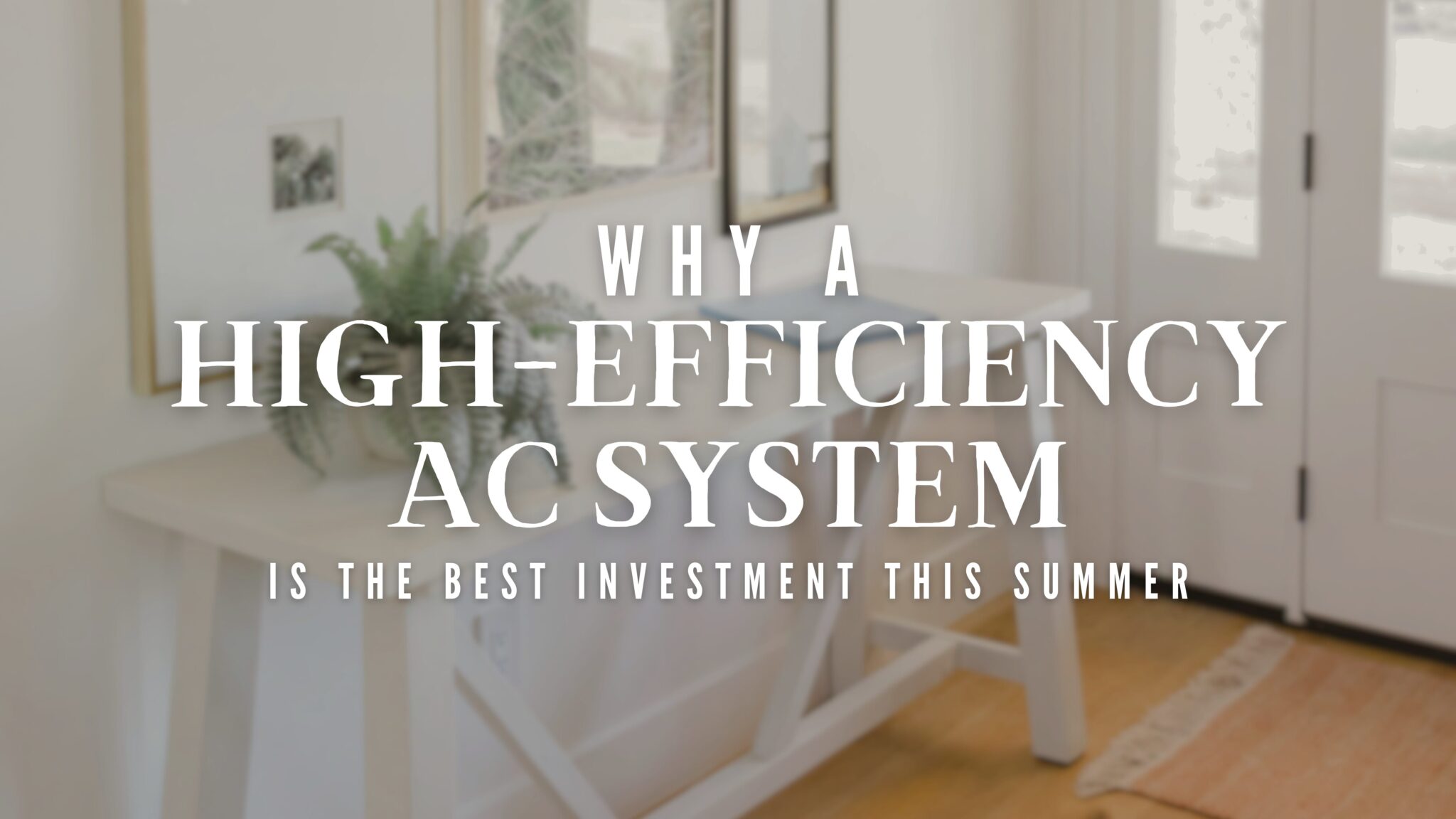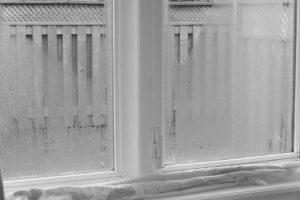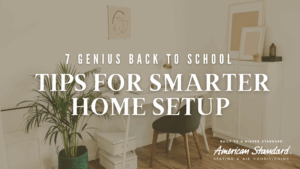What is the Ideal Humidity Level for Your Home? How Do You Measure Your Home’s Humidity Level?
Before we discuss the ideal humidity level in your home, let’s discuss exactly what humidity is. For simplicity, humidity is the amount of water vapor in the air. There’s relative humidity, humidity measured as “dew point”, absolute humidity, specific humidity and probably about a dozen more variations. Since most of us aren’t meteorologists, let’s stick with the basic understanding of humidity as the amount of water vapor in the air, and more specifically, the humidity level in your home.
What is the ideal humidity level for your home?
The optimum indoor humidity range is 35% to 50%, but 40% to 45% tends to work best for many homes. When you go above this level, condensation on the windows can occur, breeding mold that leads to allergy and respiratory problems.
Dust mites, the leading cause of allergies, thrive in as little as 50% relative humidity. Allergens like molds thrive in relative humidity conditions above 60%, leading to a variety of aliments including asthma, allergies and respiratory infections.
Too little humidity, on the other hand, can lead to dry nose and throat, dry skin, and static electricity, which can also ruin electronic devices such as TV’s, computers, DVD players and other devices.
Maintaining proper and consistent humidity is also important for the wood inside your home; flooring, doors, and even pianos can shrink, crack, and warp if not properly humidified.
Energy Savings
Energy savings is another benefit of keeping the proper humidity level. You will actually feel warmer and more comfortable in humidified air, so you can turn your thermostat down about 2 degrees (saving money), and still feel just as warm.
What are some of the visual symptoms of too much humidity in your home?
Check windows, mirrors and vertical glass surfaces for condensation. Condensation on the inside of windows or glass surfaces indicates a buildup of moisture and water vapor in your home’s air.
Look for wet stains on ceilings and walls that indicate an increase in water vapor or moisture in the home.
Note whether the bathrooms, the laundry room or kitchen have mold and mildew. Check for musty or wet mildew smells in the bathroom, kitchen or laundry room.
Pay attention to family members who have allergies and note whether their allergic reactions have increased even with the windows and house closed up. Even family members without allergies might experience increased sneezing when there is too much humidity in the home.
What are some of the visual symptoms of too little humidity in your home?
Make note of chapped lips and skin, which are both symptoms of too little humidity in the home’s air and environment.
Listen for complaints from family members about dry, scratchy throats and noses.
Watch for increased static electricity, sparks and shocks when walking through the home.
Observe and note increased problems with electronic equipment.
How do you measure the humidity level in your home?
If your home’s thermostat doesn’t measure humidity, there are literally hundreds of humidity gauges on the market. Most hardware stores such as Home Depot, Lowes or Ace will have these in stock and can range from about $5 up to as much as you want to spend.
Bunn’s and Bennett Heating and Air Conditioning’s goal is for our customers to have total comfort. We’ve been a licensed and insured HVAC dealer serving Huntsville and the Tennessee Valley area for more than 30 years. If you have questions, we have answers. Email us at [email protected] or call us at 256-536-0967.







